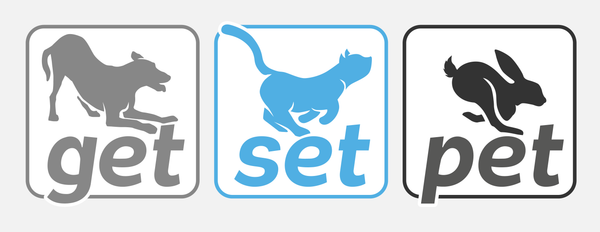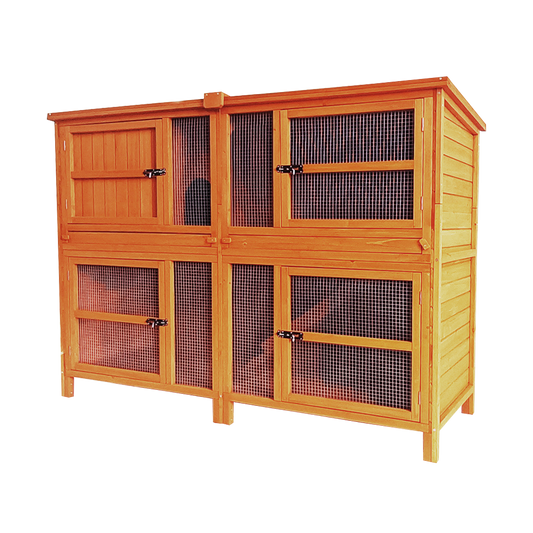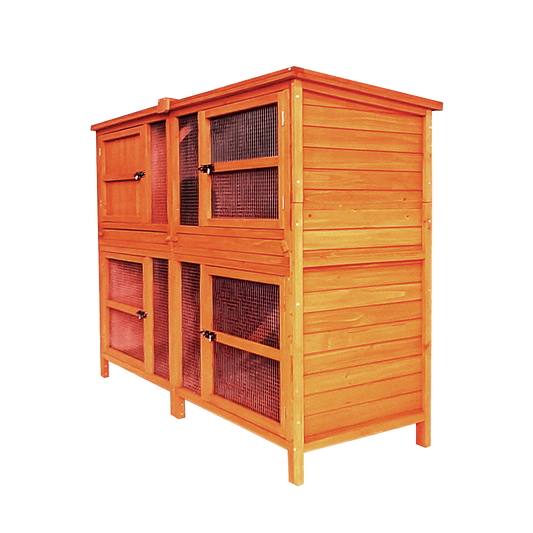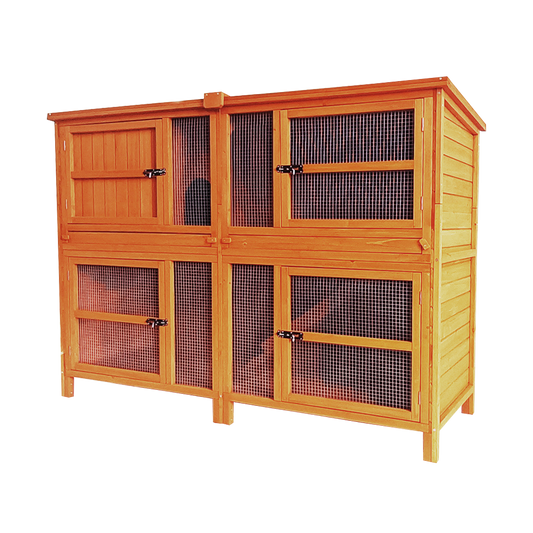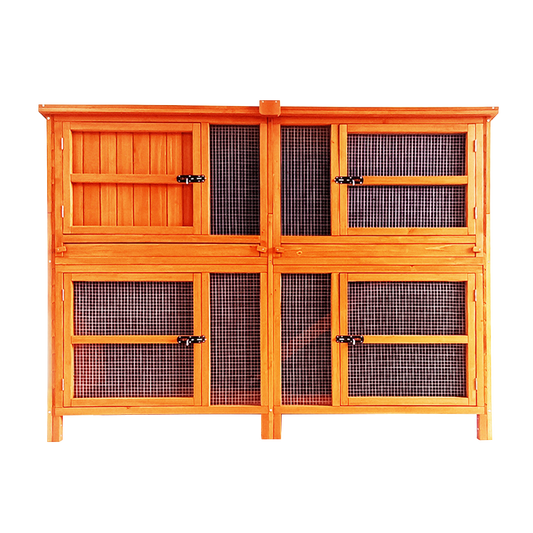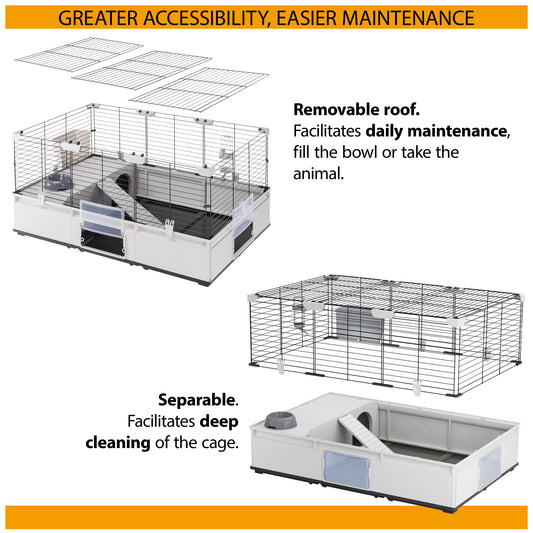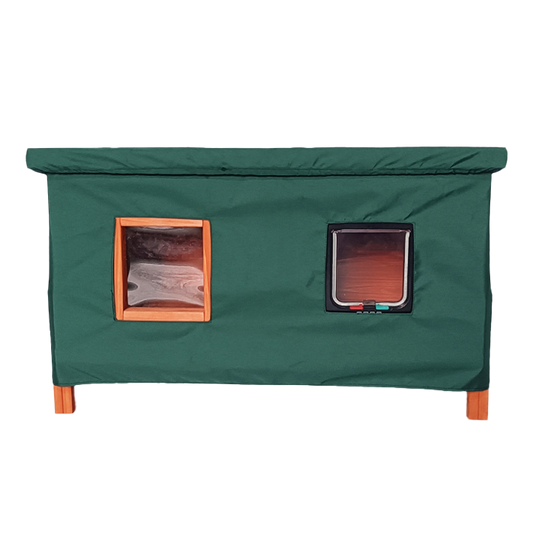Pampurring Your Feline
Cats are expert groomers and will spend hours every day licking themselves to keep clean. Long-haired cats require daily assistance from their owners to keep on top of their locks but even short-haired cats benefit from regular owner input. Grooming is a wonderful way of connecting with your pet and strengthening the bond between you, as well as being a good opportunity to monitor their health. As cats age and become less flexible they can find grooming more difficult, so a helping hand is usually appreciated.
Getting started
Ideally, you should introduce your pet to grooming when they are very young as part of their early socialisation. Start with a soft brush and let your pet explore it and give it a good sniff first. Keep grooming sessions short and always ensure it is a positive experience. Giving your cat treats as you groom them will help to build an association that grooming time is fun.
Choose a time to groom your cat when they are relaxed and are already interacting with you. Also, during your grooming session, take the brush away occasionally and re-offer it to check that your pet is happy for you to continue.
What you need
The majority of cats would not enjoy a bath and as long as your pet is healthy, bathing should not be necessary. To groom your cat, you will need a comb and/or brush suitable for their coat type.
The Mikki Kitten Grooming kit is a great option for owners looking to introduce their new pet to regular grooming. It contains a comb, flea comb and ball pin slicker brush so has everything you need to keep a kitten’s coat in tip top condition.
For short-haired cats use a comb to remove tangles and a natural bristle or rubber brush to remove loose hairs. If you have a cat that is not keen on brushes – perhaps a nervous rescue who was not previously groomed – you could try a gentle grooming mitt or glove instead. Some cats prefer these because it just feels like they are being stroked.
For medium and long-haired cats, use a comb (such as the Mikki Anti-Tangle Comb) to gently tease out any knots and a slicker brush to prevent matting. If your cat’s coat is already matted a Mikki Matt Splitter can help by cutting through small knots and tangles without damaging the coat or causing your pet any discomfort.
Things to watch out for
If you notice any of the following behaviour from your cat during grooming it is likely they are getting stressed and you should end the session immediately:
- Tail swishing or thumping
- Twitching on the back
- Tense body posture
- Ears flicking or rotating backwards
- Persistent lip licking
- Hissing or growling
Grooming sessions are a great opportunity for you to have a thorough check over your pet’s body for signs of poor health. Take a look at their eyes, ears and in their mouth, as well as looking out for any fleas, ticks or mites and feeling for any lumps and bumps on the skin. Have a look at your cat’s claws too in case they need trimming. Get yourself a pair of specially designed cat claw clippers and ask your vet to show you how to trim your pet’s claws correctly before you attempt it yourself.
If you notice any changes in your cat’s own grooming routine (such as licking themselves a lot more or a lot less than usual) or a sudden change in their coat condition, it is worth getting them checked over by your vet as it could be a symptom of ill health.
If you enjoyed this article, have a look at:
